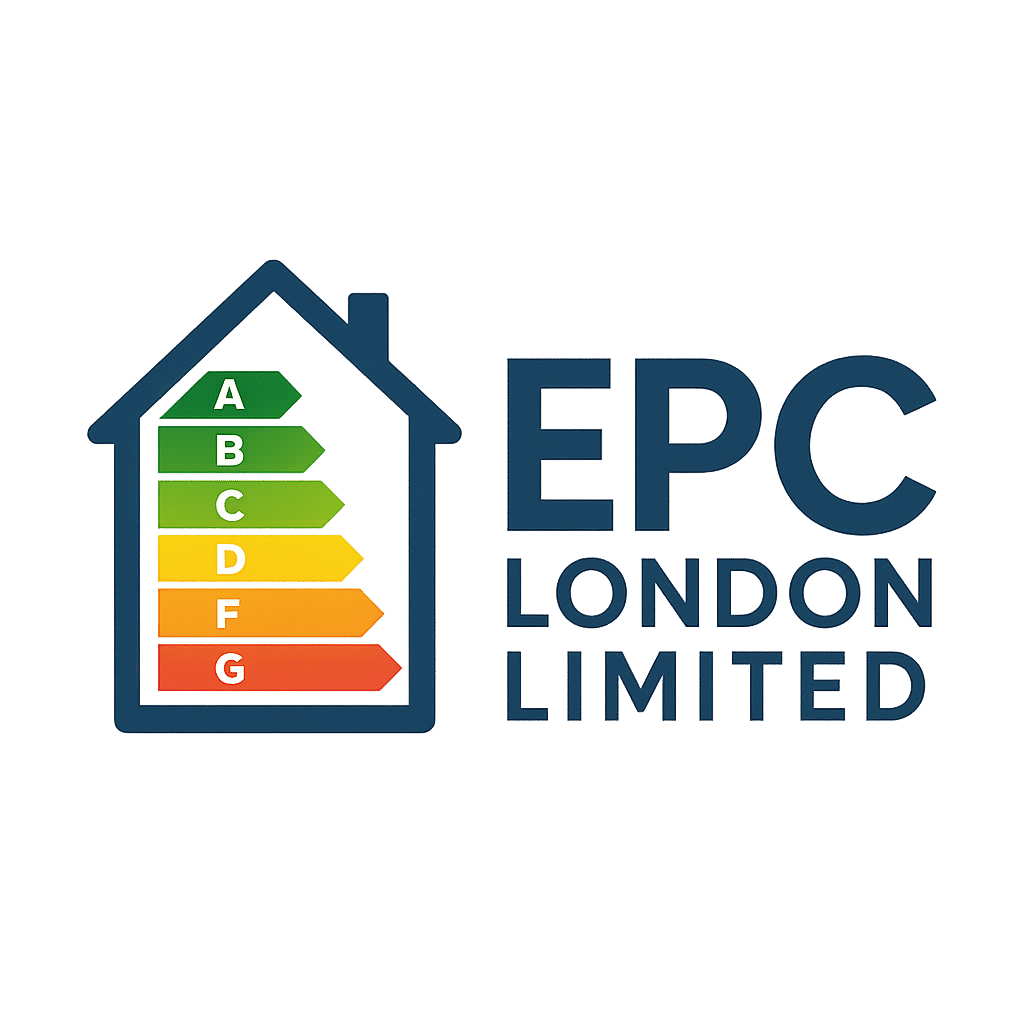EPC Limitations for Hyperloop Station Buildings with High Passenger Flux
Hyperloop stations are an emerging infrastructure type, designed to handle high volumes of passengers with rapid throughput, complex mechanical systems, and innovative building designs. While Energy Performance Certificates (EPCs) are used to assess building energy efficiency, hyperloop stations present unique challenges that can affect the accuracy





